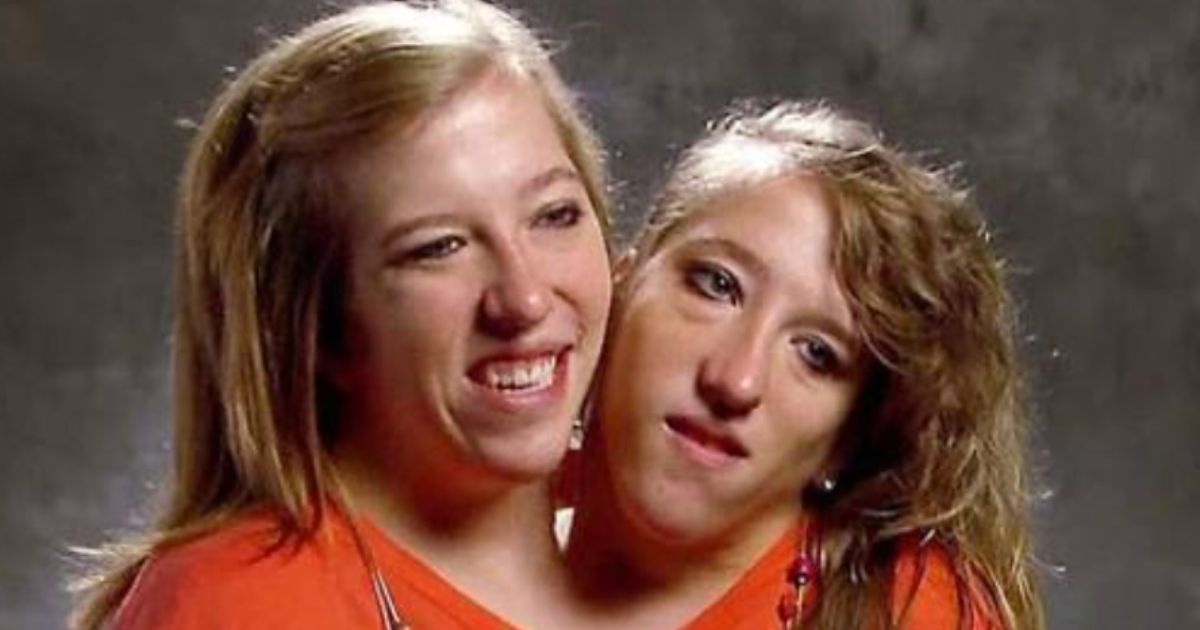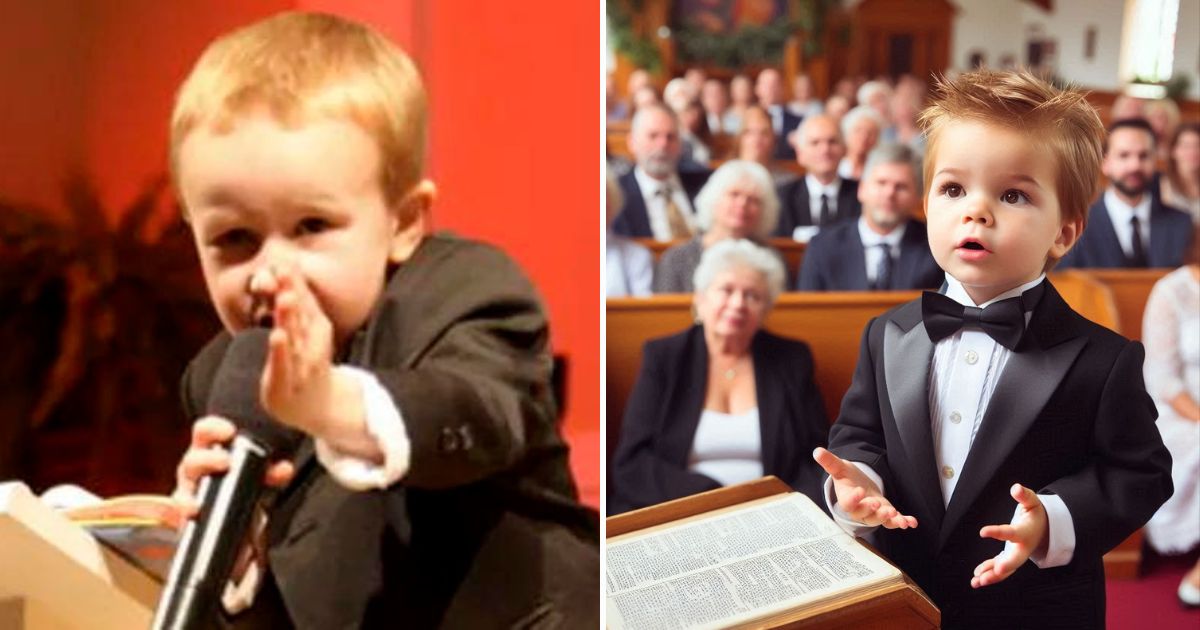Recently, there has been a buzz surrounding the lives of Abby and Brittany Hensel, renowned for their unique condition as dicephalus twins. These remarkable sisters, now 34, gained widespread recognition through a reality TV series that showcased their extraordinary abilities and daily routines.

What captivates the public’s curiosity is how Abby and Brittany navigate various aspects of life, including the intimate aspects shared by most individuals. The sisters, hailing from Minnesota, share a single body from the waist down, encompassing their genitals. Despite this uncommon physical arrangement, they have demonstrated remarkable coordination in their activities.

Their synchronized movements, whether typing emails or playing the piano, are a testament to their seamless teamwork. Abby and Brittany have mastered everyday tasks such as driving, cooking, and engaging in recreational activities like bowling, volleyball, and swimming.
One of the intriguing questions surrounding conjoined twins is how they approach intimacy. While some conjoined twins, like Lupita and Carmen Andrare, lead asexual lives, others, like the historical figures Chang and Eng Bunker, have had separate marriages and children. Psychiatrists have commented that most conjoined twins do not feel the need to have a partner as they describe their twin as a “soulmate” attached to them and never feel ‘lonely’. The dynamics of intimacy for Abby and Brittany, who share a single reproductive system, remain a subject of speculation.

Prof. Alice Dreger, an expert in medical humanities, suggests that the sisters likely experience physical sensations together due to their shared physiology. However, the nuances of their experiences, including the possibility of simultaneous orgasms, remain a topic for conjecture.
Regarding their future plans, Abby and Brittany have expressed interest in starting a family, a decision they must make jointly given their shared reproductive system. Their shared digestive system, while unique, allows them to lead relatively independent lives in terms of eating and daily activities.

Despite the challenges they face and the public’s fascination with their lives, Abby and Brittany have thrived, defying medical expectations since their birth in 1990. Their resilience, individual personalities, and exceptional bond continue to inspire and intrigue people worldwide.





